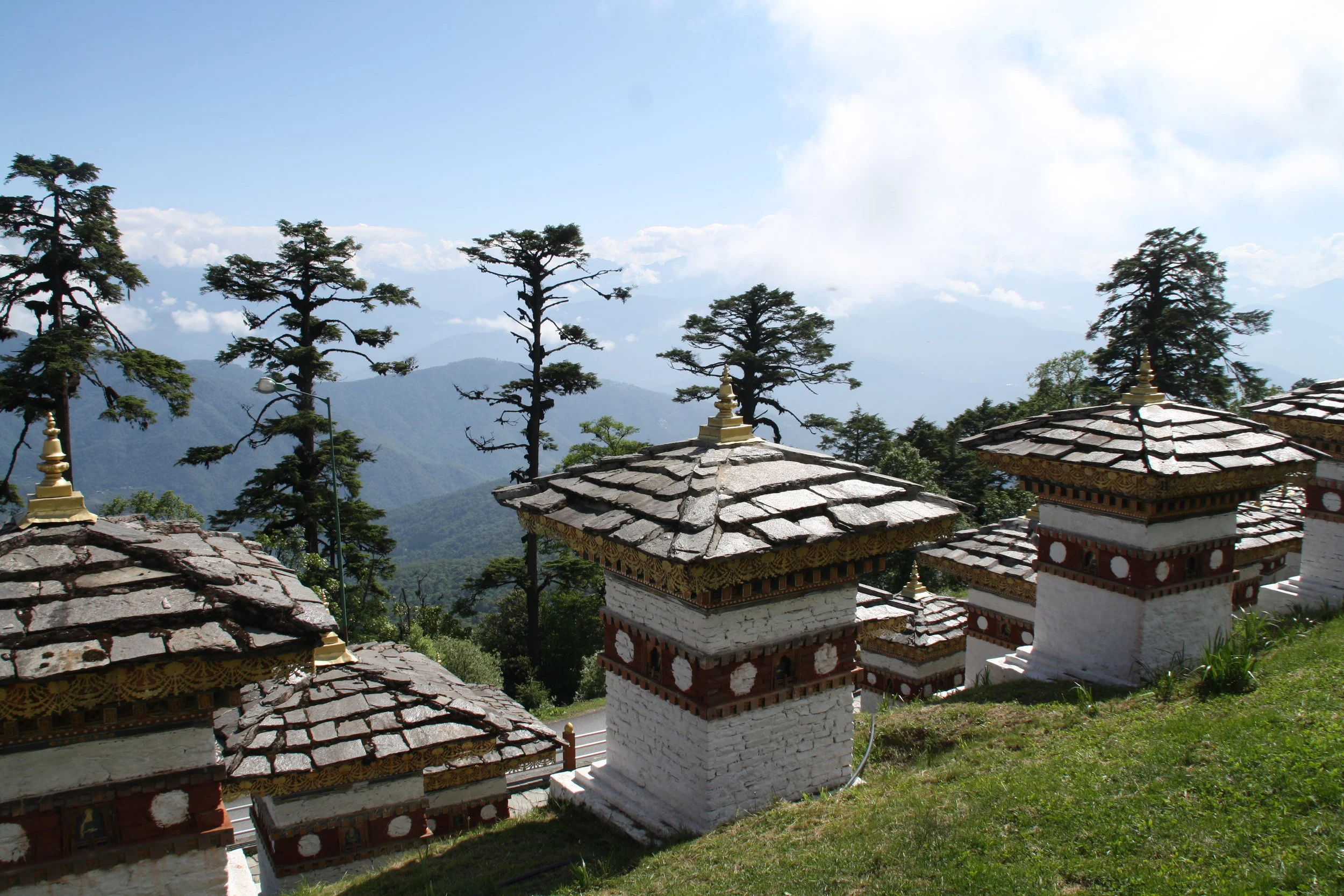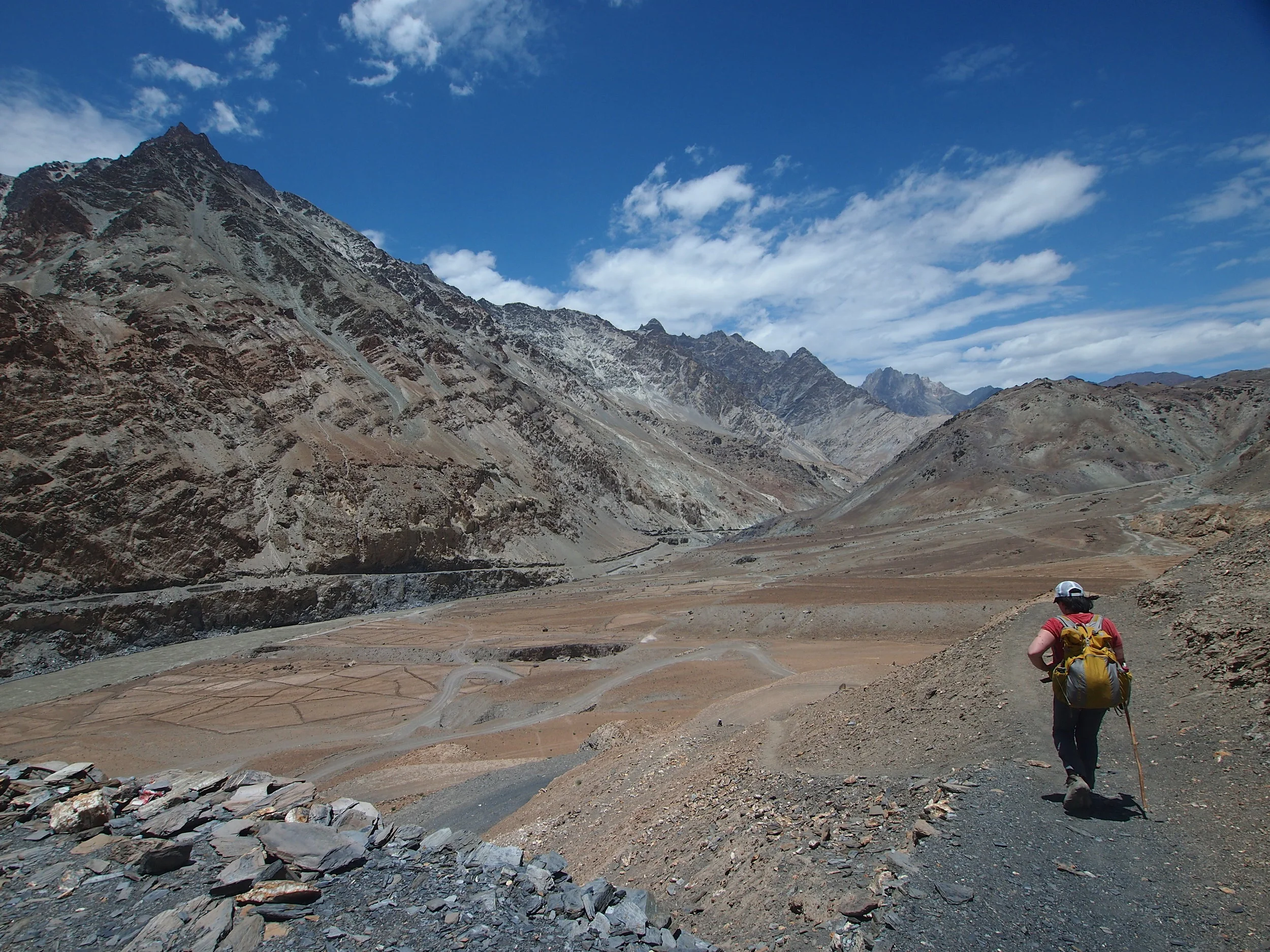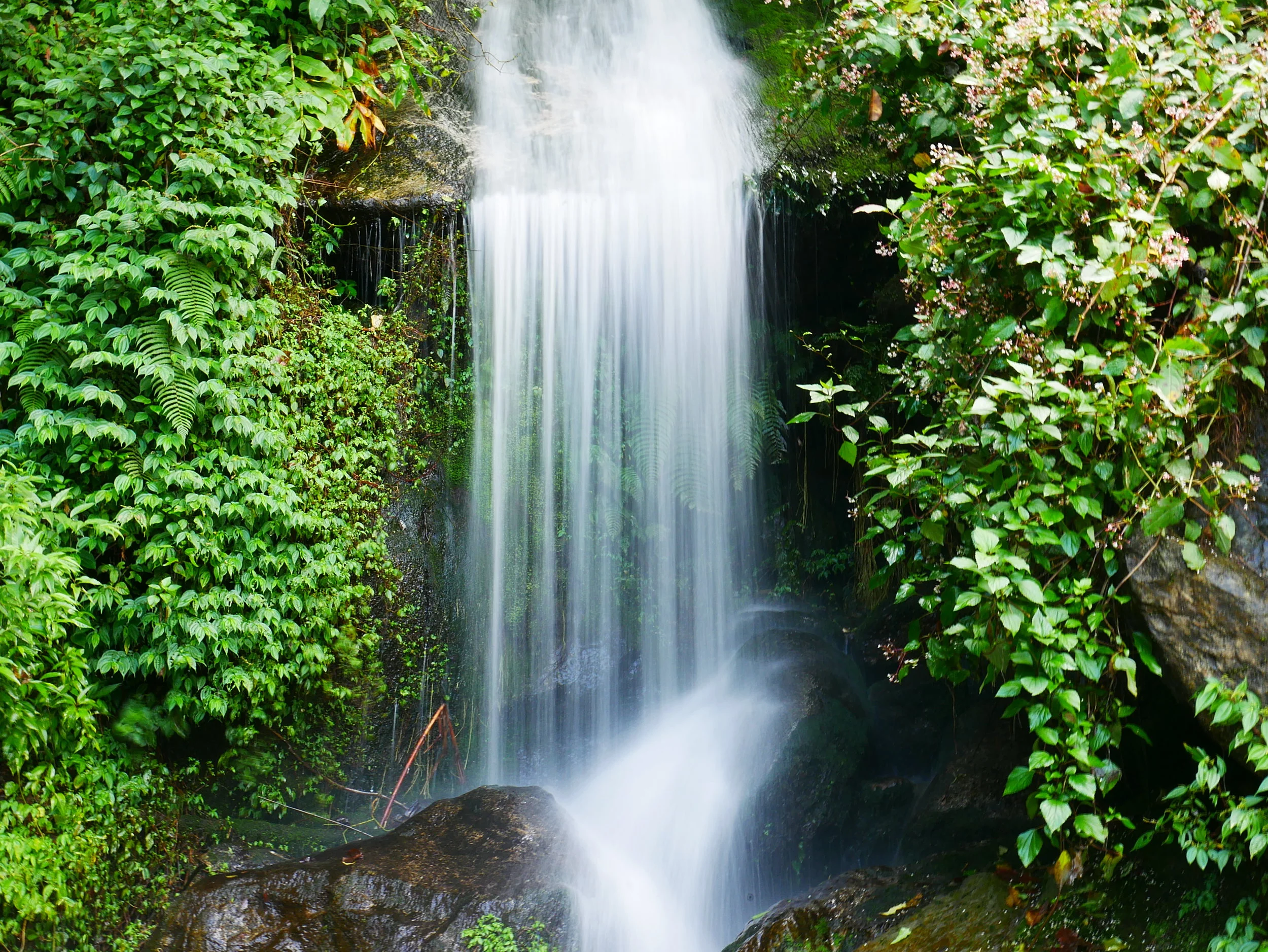Frequently Asked Questions
BHUTAN WALKING HOLIDAYS
Got a question? We are here to help! If you don’t see your question here, get in touch on our Contact Page
Do I need a visa to visit Bhutan?
Yes, all visitors to Bhutan must apply for a visa with the Bhutan government. Beyond The Clouds arranges this for you and you will receive your visa prior to departure. The visa cost is incorporated in the total trip price. The Bhutan government retains US$60 per person per day from tourists which is used on improving health, education and infrastructure for its people.
How cold will it be?
This depends on the departure date of your trip. Bhutan is cooler than Nepal due to the higher altitude of places that you are likely to visit. Expect day time temperatures in Paro of 14 -20 degrees in March/ April and October/ November and night time temperatures of zero to ten degrees. Thimpu and Punakha are warmer than Paro but can still be cold at night. It can reach 28 degrees in September in Punakha. On the trek, it will get much colder with increased altitude.
Who will be guiding my walking holiday?
All our walking holidays have experienced English speaking guides who accompany you on the hikes each day.
How hard will the walks be?
Our day hikes are suited to anyone of a reasonable level of fitness. Some walks involve steep ascents and descents. We encourage you to walk at your own pace.
How far will we walk each day?
In general we walk for two to six hours per day. This will depend on the location and the walk planned for that day.
Do I need walking boots?
Trekking or walking boots are great. Good trainers or good trekking shoes with ankle support are fine too. These should be worn in.
Do I need a water filter?
Mineral water is provided for drinking. However if you have a water filter, feel free to bring it.
What sort of toilets are there?
The standard of hygiene is generally high and you will have clean ensuite bathrooms in most of your hotel rooms. Do be aware that toilets between towns and on the walks may be squat type and more primitive. We recommend carrying some toilet paper and hand sanitizer in your bag.
Will I get lost?
If you follow the advice of your guide and stay with your group you won’t get lost! It is vital to stay closely with the group as it causes great inconvenience to the whole party if this happens.
What will the food be like?
Bhutan is NOT renowned for its cuisine – traditional Bhutanese food is very spicy and the national dish ‘ema datse’ is a fiery curry made from chillies and farmers cheese, which the locals will eat three times a day. The flavours are intense, and too much for many visitors, so you may prefer to eat the milder Indian or Nepali dishes on offer. Hotels will usually have a buffet with a range of Bhutanese, Indian, and Nepali dishes, sometimes western dishes, and vegetarian options available.
Do you cater for vegetarian and other special diets?
Yes, most of the meals are buffet style in the hotels so you can choose dishes that suit your needs. Please advise us of your dietary requirements so that we can arrange this in advance.
Will I have problems with altitude?
Although many Bhutanese towns are over 2,000 metres, there should be no problem with altitude. You may feel that you need to breathe more deeply, particularly when climbing to Tiger’s Nest, but very few people suffer from any serious problems. You will drive over high passes but only spend a few minutes there before descending. Please inform your guide if you feel light headed or dizzy.
What clothes should I bring?
As Bhutan is generally cooler than other Asian destinations, long trousers, long sleeved tops, fleece tops and sensible footwear are recommended. You should pack according to the season and have at least a warm jacket for evenings and mornings. Information on what to pack will be in your Travel and Cultural Information pack that you receive after booking.
How far will we drive each day?
Roads in Bhutan are twisty and narrow. Therefore, the number of hours that you drive is more useful to know than the distance. The number of hours between destinations is outlined in the itinerary.
What are the roads like?
Roads in Bhutan are notoriously winding, making their way up and over mountain passes and down the other side again, turn after turn. If you typically get motion sickness, please bring with you any medications or natural remedies that will help, and don’t be afraid to ask to sit in the front of the vehicle.
What standard of accommodation can I expect?
We use rustic hotels with very comfortable rooms throughout our tours. The standard of accommodation in Bhutan is generally very high, but do be aware that hotels in more remote areas such as Central and Eastern Bhutan may be less fancy than those in Western Bhutan, which receives a higher number of tourists. Keep in mind that Bhutan is still a developing country, so while the standard of accommodation is higher than in neighbouring Himalayan countries, you may still have to adapt to some simpler conditions.
Will there be heaters in our accommodation?
Most of our hotels have heated rooms (many with heated towel rails). There is also ample bedding.
Will there be somewhere safe to store my valuables?
We use very good hotels and most of them have safes and safe storage. Make sure that you ask each hotel to protect your valuables.
Will I be able to recharge my phone/batteries?
Yes, make sure that you have an adaptor. Bhutan has a standard 230V. They use 2 & 3 pin round sockets.
Will there be internet access / Wi-Fi?
Internet access is limited and not always reliable. Many of the hotels do have Wifi, but please note that often the server can be down resulting in no connectivity.
Can I do laundry on the trip?
Laundry services are available in hotels, but this can be expensive. We recommend taking plenty of clothes with you so that you will have enough clean clothing for the duration of the trip. You can however wash out underwear and socks in your room. Washing clothes may be tricky on the trek.
What vaccinations do you recommend?
Beyond The Clouds recommend consulting a travel doctor (worth shopping around and check the prices) for vaccinations. Usually they will recommend shots for hepatitis, typhoid, diphtheria/tetanus, polio booster and meningitis. As you will not be travelling in southern Bhutan, malaria tablets are not essential if you wear repellent, cover bare arms and legs and take sensible precaution. You may also be offered a series of rabies injections as there is rabies present in the Himalayan region. Please discuss this with your travel doctor. We strongly recommend staying away from all animals during the trip. Please note: It is your personal decision as to which vaccinations to take, and we cannot take responsibility for this.
What do I do if I need medical care?
Bhutan has good medical facilities in the main centres. There are also pharmacies in every village. Please inform your guide if you need any assistance.
Can I take photographs anywhere?
Most Bhutanese (especially children) are very friendly and open to having their picture taken, but please do respect them by asking permission. You will be able to take photographs outside all the dzongs and historical sites, but note that there is no photography permitted inside. You can also take photographs at the festivals.
Is there anything I should avoid doing in Bhutan?
Do not wear shorts or sleeveless tops inside a dzong or monastery, and avoid touching animals.
Can I bring gifts for the local children?
As a rule, Beyond The Clouds discourages hand outs. Handing out things such as sweets, pens and money only creates a culture of begging and bad teeth. As an alternative, you may wish to donate to our charity First Steps Himalaya.
What is the local currency?
The Bhutanese Ngultrum, which is tied to the Indian Rupee, is the local currency but is only available inside Bhutan. Please note that the exchange rate for US$100 note is much greater than that for US$50 or smaller. Therefore, bring mostly US$100 notes with some lesser value notes for smaller items. You can change money at the Bank of Bhutan or at the airport on arrival.
How much spending money should I bring?
As all your accommodation and food is included on these tours you only need to bring spending money for tipping, souvenirs, alcoholic drinks and any extras such as massage or hot stone baths. We would recommend bringing a minimum of US$500.
Can I use my credit cards? Are there any ATMs?
Yes – credit cards are accepted at most hotels and tourist shops in larger centres. Be aware though that credit card machines require internet connectivity, and this isn’t always reliable in Bhutan. The Bank of Bhutan now has ATMs in major centres such as Paro and Thimpu but these can also encounter some issues, therefore we would advise bringing some US$ cash.
How much is recommended for tipping?
Tipping is appreciated by the Bhutanese. It is handy to keep some small change for hotel staff carrying your bag in and out of rooms. At the end of the trip, if you are happy with the Guide and Driver, tips are welcomed. For solo travellers and couples, we suggest tipping the guide around US$150-200. With 3-5 people, around US$250 will be appreciated. For groups of 6-10 people, you may wish to tip around US$300-US$500 between the entire group, or for groups of 10-20 people, US$500 – US$800 between the group. Either the same or a little less for the driver. These are not compulsory but most appreciated.
We offer a range of walking Itineraries and treks throughout Bhutan
Explore all our Treks and Walking Holidays in Bhutan
WANT MORE INFORMATION?
Check out some of our blog posts about Bhutan:















